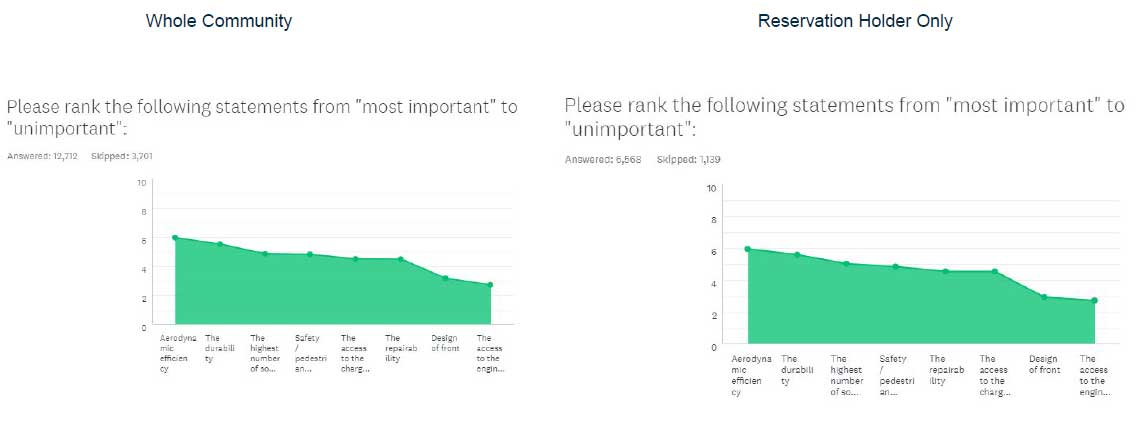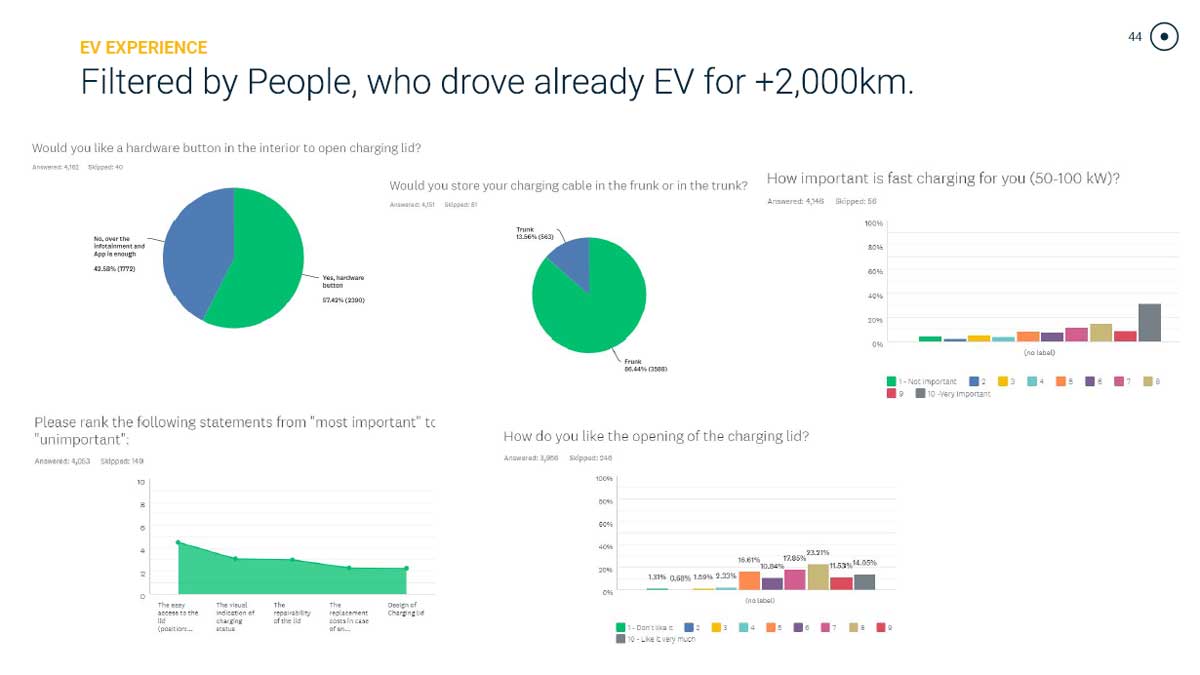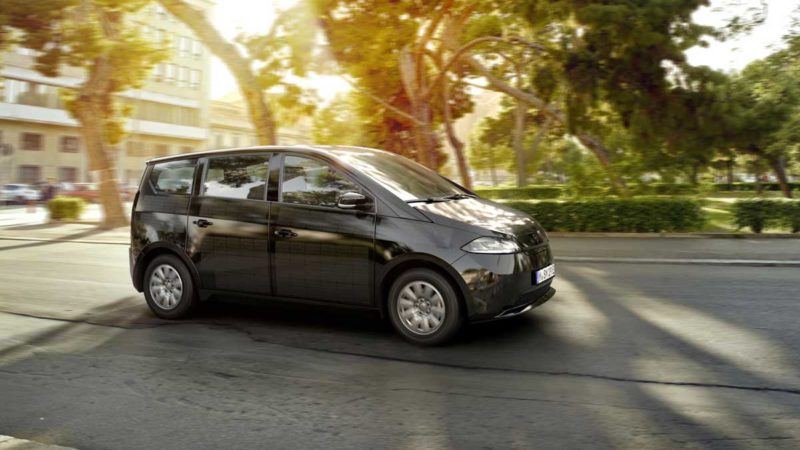More solar panels, matte paint and charging cable storage in the “frunk” (front trunk, or boot) are just some of the features drivers would prefer on a solar car, survey results released today by Sono Motors show.
After officially unveiling its solar car, the Sion, in January, the Germany-based solar car company Sono Motors reached out to drivers to discover how they might like to improve it.
The Sion is billed by the German start-up as the “most affordable solar car”. Priced at €21,429 (ex-VAT, which convert to around $A34,000) it certainly ticks the affordable box, particularly when taking into account zero fuel bills, reduced electricity bills and reduced maintenance costs.
Now, the results are in: more than 80% of those surveyed said they would go for matte paint over glossy, presumably because if you are going to buy a solar car you want to get the most out of the panels (which is what the matte paint will do, says Sono).
The leaning towards solar efficiency is also underlined in the preference towards aerodynamics, durability of cells, and number of cells over things such as access to the motor, charging lid and durability/reparability of other elements.

The Sion, which is covered in solar cells rather than your average auto paint, is said to add up to 33.8km of driving range per day to the car’s battery (granted this depends on where on the planet the car is, and if it is parked in the sun or not).
Based on this solar profile, Sono says that the Sion can be charged 25% of the time a typical EV needs to charge.
Sono asked a whole range of questions in its survey and the most interesting ones we think include the fact that most drivers want a stop-start button to activate the car’s motors, rather than it just turning on when someone sits in the driver’s seat.
Those surveyed also indicated they would prefer not to go completely minimal as is the approach of Tesla. Instead, they’d prefer a few “hardware buttons” for things like sounds system volume control, climate control and to open the charging lid (the latter we imagine stems from the fear of not being able to open the charging lid if something happens to the touchscreen).
Most drivers say they would be happy with 250-320km driving range, but would also be happy to pay €2,000 ($A3,130) for more driving range, and they also rate the ability to fast charge at a rate of 50-100kW as important.
Sono culls it down even further, distilling these results through the eyes of people who have already driven an electric vehicle at least 2,000 kilometres.
Top concerns include having a hardware button to open charging lid, storing the charging cable in the frunk, and fast charging,


Bridie Schmidt is associate editor for The Driven, sister site of Renew Economy. She has been writing about electric vehicles since 2018, and has a keen interest in the role that zero-emissions transport has to play in sustainability. She has participated in podcasts such as Download This Show with Marc Fennell and Shirtloads of Science with Karl Kruszelnicki and is co-organiser of the Northern Rivers Electric Vehicle Forum. Bridie also owns a Tesla Model Y and has it available for hire on evee.com.au.

